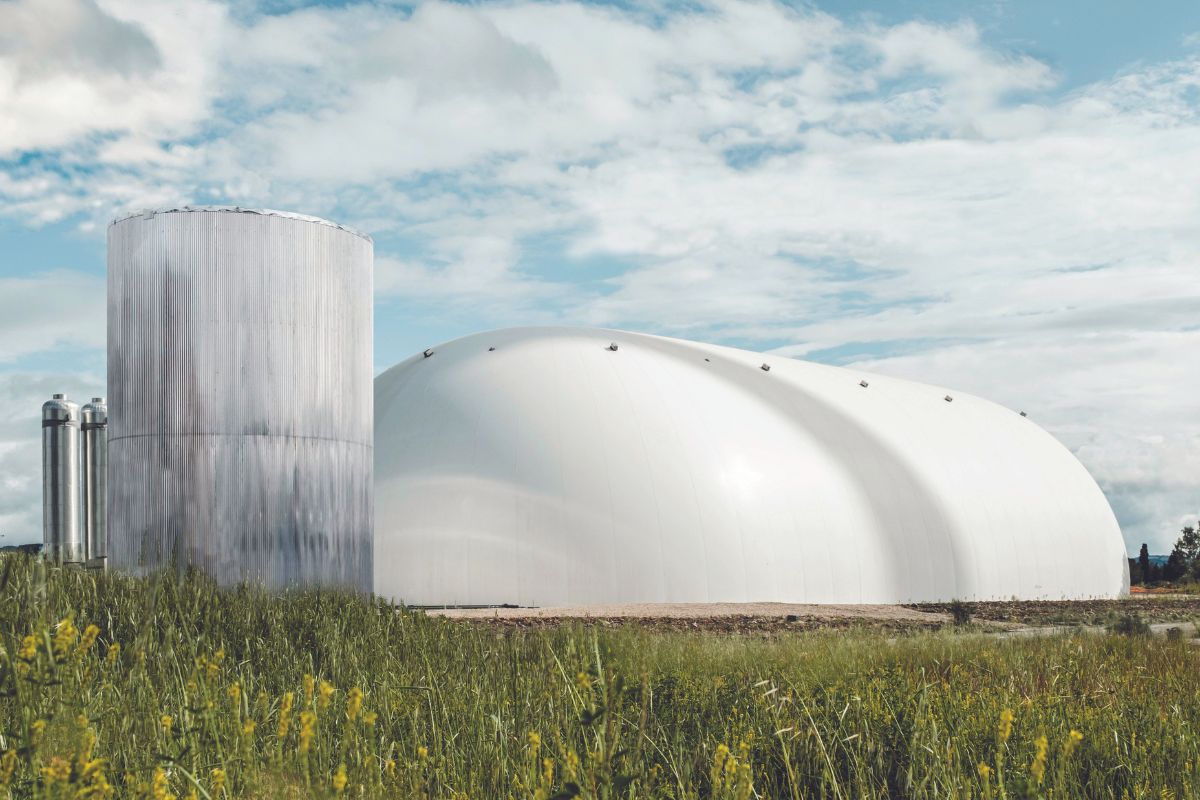New battery technology is under development around the world. Utility-scale batteries store excess energy from the grid and complement renewable energy like solar and wind. Just as your phone or laptop uses a battery so it can work when not plugged in, battery storage systems deliver reliable power to homes and businesses even when the sun isn’t out, or the wind doesn’t blow.
One of the newest and most exciting batteries uses a compressed gas system developed by an Italian company called Energy Dome.
The system stores carbon dioxide gas inside a dome at ambient temperature and pressure, meaning the same temperature and pressure as outside. To store energy and charge the battery, a motor powered by nearby solar, wind or the traditional grid compresses the gas in the dome, like pressing down on a spring. Compression turns the gas into a liquid, which is easily stored in tanks.
When the grid needs energy, the system reverses. Liquid carbon dioxide is heated and evaporates back into a gas, like steam from a pot of boiling water. It passes from the tank, through a turbine that generates power, back into the dome.
Energy Dome’s design is a closed-loop system, meaning no carbon dioxide releases into the air. A zero-emission carbon dioxide battery is a monumental step toward a more diverse mix of energy generation and storage. Additionally, the technology the system uses is found in other industrial and manufacturing processes, which helps avoid supply chain bottlenecks.
This new technology can work in tandem with shorter duration lithium-ion batteries. While lithium-ion batteries are highly efficient and can help meet day-to-day peak customer demands, they’re less practical for storage longer than 10 hours.
Long-duration energy storage like the Energy Dome system is another important piece in creating a more diverse energy mix that decreases our reliance on coal-fired generating facilities. Alliant Energy is proud to partner with the Department of Energy to build and pilot this innovative system – the first of its kind in the United States. Learn more about the Columbia Energy Storage Project here.

